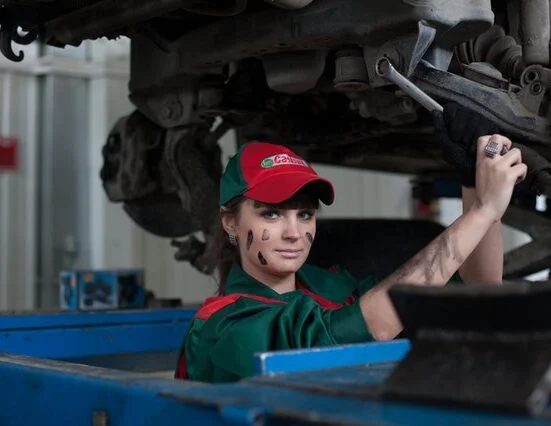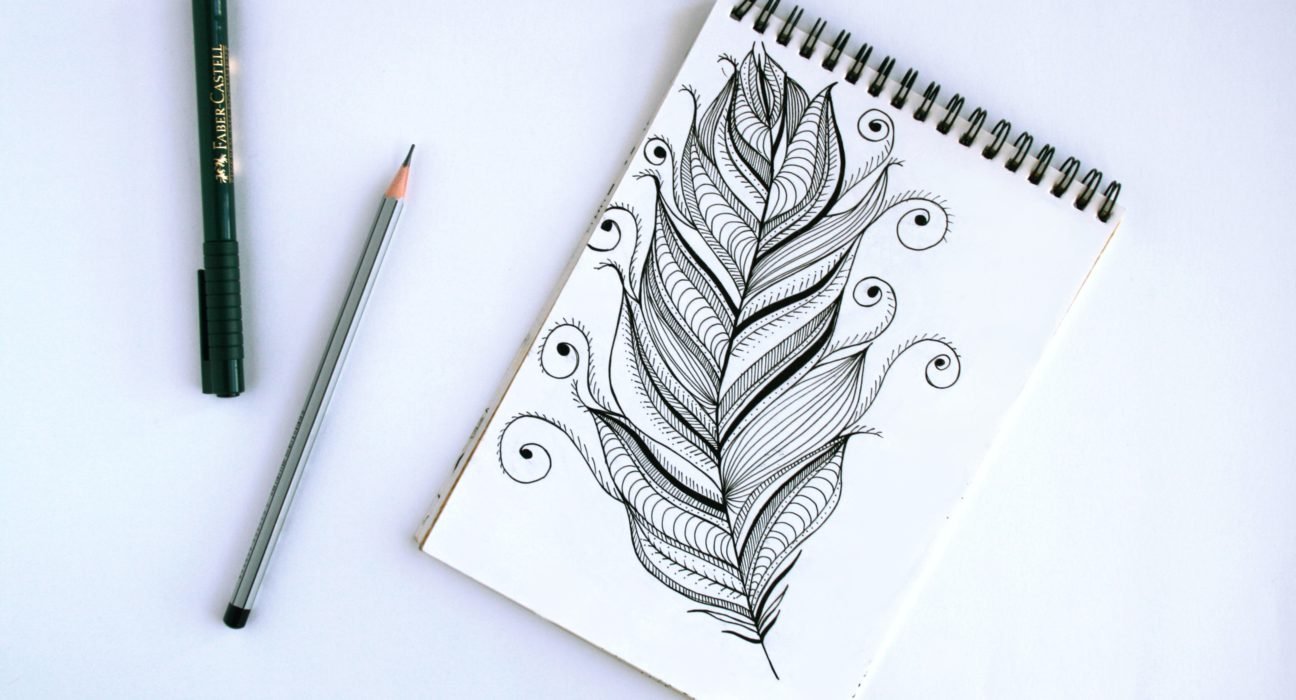When you think of kids creative writing, you probably think of stories about superheroes and fairies. And a pen, pencil, paper, or digital aid to work on. But what about the stories that kids actually imagine and want to write? Do they consider writing stories that come from their own experiences and emotions? There is a lot to creative writing than just super herous and fairytales. Today, children have unique minds, aspirations, and an amazing sense of observation. Thus, they would have a completely difference idea of creative writing once they do it. At the same time, there are several things that can motivate or inspire them, which is why they need ssome essetials beforehand for an uninterrupted creative writing journey.
This blog post will introduce you to some essential items for kids’ creative writing kits. From paper to pens to highlighters, these are the essentials you will need to help your child tell their stories effectively.
Table of Contents
What is a Creative Writing Kit?
Many parents do not understand getting a creative writing kit for their child. They consider it a loss of money, which is not right. A creative writing kit for kids can help budding writers explore their creativity and produce quality pieces.
A creative writing kit is more than just a bundle of stationery essentials. It indeed has some essential items, including paper, Pens, Pencils, Highlighters, Scissors, and a Dictionary. Kids can choose to use these supplies to write stories, poems, or any other type of creative writing.
What to include in your child’s Creative Writing Kit
Kids are creative. They always come up with ideas and love to share them with others. As parents, we want to encourage that creativity and help our kids channel their thoughts through creative writing. How do we do that? By providing them with the tools they need! This list has everything you need to get started, from notebooks to pens.
- A big blank piece of paper or canvas for drawing for scribbling their ideas.
- Pencils and pens, preferably with different colors, so your child can explore different ideas.
- Different kinds of crayons, markers, and paints.
- An audio recorder or video camera so your child can create short videos or recordings of their work. (This can be optional, depending on the child’s interest).
- Some music to inspire and accompany your child’s writing.
The components of a creative writing kit for children can vary depending on the age group. However, some common items include paper, pens or pencils, highlighters, and scratch paper. Young children may also find pleasure in drawing and painting supplies. Older children may enjoy scissors, glue, and other construction materials.
In order to get started writing, young children may find enjoyment in roleplaying with imaginary friends or other characters in their stories. Older students might choose to write about real-life experiences or creatively imagined worlds. Regardless of the age group, giving your child plenty of opportunities to express themselves through writing is important. Providing a creative writing kit will help encourage your child’s natural creativity.
How to choose the right Creative Writing Kit for your child?
As a parent selecting the perfect creative writing kit with all the essential pieces of stationery can freak you out. But there are certain factors to consider, and you are all set to pick up the perfect kit for your little kid.
But the question here is, what if there is no perfect box? In such cases, no need to panic. You can always go with customized options. It will help create just the right creative writing box for your child, just the way he likes it.
When it comes to finding creative writing tools for children, these are a few things you should keep in mind.
- First, your child’s age will affect what kind of kit they need.
- Second, what type of images do they display?
- Third, how ambitious are they?
If your child is between 5 and 12 years old, their creativity is likely just starting to blossom. They may be drawn to things like trucks, dinosaurs, and Superman, but don’t be surprised if their first attempts at writing involve making up stories and unusual drawing only about these topics. That doesn’t mean their creativity won’t grow beyond these themes – in fact, many children start exploring more abstract topics around this age. However, they fail to pen it down at such an early age, as observed in most cases.
Regarding kits, a few types other than hero and supernatural might interest your child. The following sections will give you an overview of each type and what features to keep in mind when selecting one.
How can you help your child develop their Writing Skills?
Many children love to write but don’t know how to start. Here are some tips on how you can help your child develop their writing skills. Children usually start writing independently by the age of 8, while only some may start writing earlier. However, it your kid has started writing already, its time to help him with creative writing.
1. Model Good Writing Habits
As the parent or guardian, be a good role model for your child and write clearly, concisely, and in an organized manner. This will help your child learn how to write effectively.
Once your child starts taking interest, set a time slot for him to write whatever he likes. Increase the time slot when he starts enjoying the activity. Later, to keep him encouraged, get him different types of creative writing kits, as per his interest and age.
2. Encouragement Always Works
Encourage creativity and independence in your child’s writing. Let them know you’re happy if they come up with their own ideas and make their own decisions rather than strictly following someone else’s guidelines. Also, this will encourage creativity in their writing.
3. Provide Feedback On Their Writings
Giving feedback and appreciating your child’s creative piece always works when it is about encouraging their work. Whenever your child completes a piece of writing, provide feedback so they can improve their quality and grammar skills. This will help them become better writers overall. Also, give them suggestions on how to improve their pieces of writing. You can sit with them and let them work on the same piece under your guidance.
What tips do you have for helping children write creatively?
As busy parents, it can be hard to find the time to get our children involved in creative writing. But with the right kit, they can produce great work in no time at all! Here are five essential items for any parent looking to get their kid started writing: a journal, some pens and paper, a timer or alarm clock, an art supply box filled with brushes and markers, and last but not least … patience!
Once you have these essential supplies and your child is comfortable using them, it’s time to get started. Letting your kids loose in a journal is a great way to help them develop their writing skills while having fun. And who knows — maybe one day they’ll publish a novel themselves! Bookmark these tips for some extra assistance in your journey to let your child create innovative pieces:
- Encourage your child to be creative. Praise their stories or any innovative work they do by setting an example yourself. When you write, ensure your audience can imagine the scenes and characters you create.
- Creative writing is not rocket science. It does not need any complicated math formula, either. It is just a matter of how your little one strings up a story gathering his ideas and visions. On the other hand, creative writing also helps your child develop a writing routine. Having a set writing schedule will help your child focus and manage their time better when it comes to writing.
- Children own a very fun-loving personality. Whatever they do, they love to add that little mischief in them. Many parents do not understand this and end up being loud to them. This can create a negative impact on their brain and might suppress their creative nerve as well.
- So, as a parent, make writing fun for your child by incorporating stories, songs, games, or coloring activities into their creative writing process. You will see how it will encourage their interest in writing and aid in developing improved creativity skills.
- It’s the gesture that counts; reward your child for their efforts by giving them recognition for their work-in-progress or finished pieces of writing. This will encourage them to keep up the good work and continue developing their creative talent!
Final Words
As a responsible parent, one of your biggest goals is to help your child develop a love for writing. One way to achieve this is by including creative writing tools in their kit. These tools can be anything from paper and pencils to journals and sketchbooks, so it’s up to you what will work best for your child. However, some basics that are always a good, include encouraging them to write every day, providing feedback on their writing, and helping them find mentors who can guide their growth as writers.






